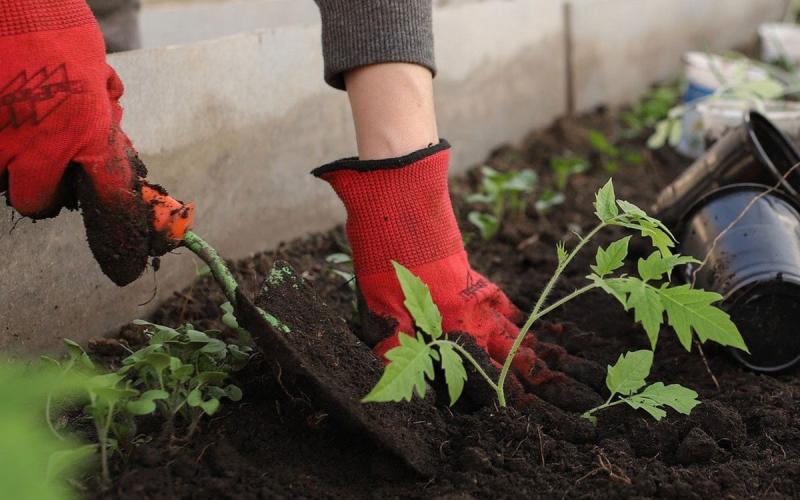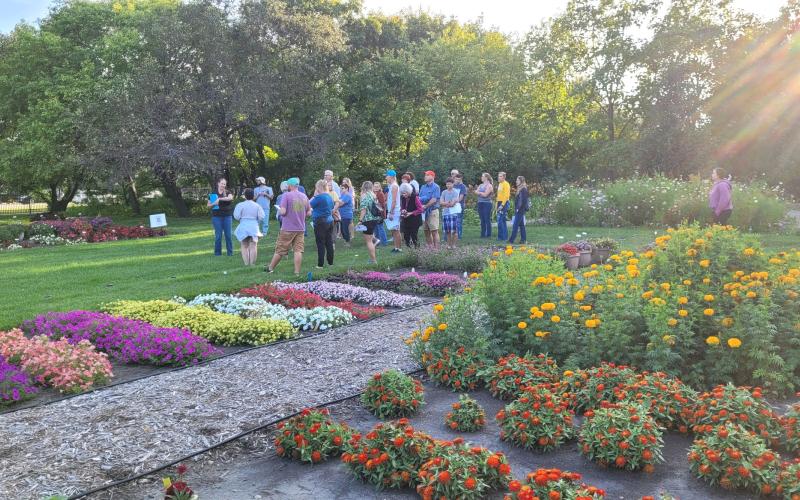Written by Alexis Barnes, M.S. Graduate Research Assistant in the Dept. of Agronomy, Horticulture, and Plant Science under the direction and review of Kristine Lang and Rhoda Burrows, former Professor & SDSU Extension Horticulture Specialist.
South Dakota vegetable farmers have expressed interest in incorporating cover crops into their farm systems to reduce single-use plastic and increase soil health benefits. Perennial legume cover crops provide nutrients to soil prior to vegetable planting and may overwinter to establish living mulches for future growing seasons (Vollmer et al. 2010). During the growing season, clover cover crops that are grown as living mulch may suppress weeds, contribute nitrogen after establishment and prevent soil erosion. Although clovers are a natural alternative to plastic mulch, they may be inviting to nearby deer and gopher populations. Additionally, previous research has shown that using clovers as a living mulch or living pathway between planting rows can compete with cash crops and result in lower vegetable yields (Bruce et al. 2022). The objective of our research was to analyze the relationship between four different clover species and four different soil management practices and their effects on pepper growth and yield as well as weed suppression.
Acknowledgement
Special thanks to the USDA Specialty Crop Block Grant Program administered by the South Dakota Department of Agriculture and Natural Resources for funding this research and associated outreach. Many thanks to the SDSU Lang lab Undergraduate Research Assistants Ashtyn Schultz, Ellie Fitzpatrick, Jacob Koch, Emily Guggisberg, MacKenzie Christopher, Ruth Wilford, Trevor Ruen and Johanna Livermore for field season and data collection support. Special thanks to the SDSU Extension Master Gardener volunteers for helping with pepper planting. Thank you to the Department of Agronomy, Horticulture and Plant Science for allocating land for this project and their continued support.


